
As the real estate market changes to keep up with buyers’ needs, “walkability” — a term describing how easily residents can walk to and from home, work, school, errands, restaurants and entertainment — becomes ever more attractive.
Walk Score is a business that measures and scores the walkability of an address, a neighborhood or a city. Type any address into Walk Score to see its walkability score. Walkability is so hot that online real-estate market Zillow includes a Walk Score in its property listings, and sellers of homes often tout their properties’ walkable features.
Here are the 35 least-walkable American cities with populations over 200,000, with their Walk Score ratings and population numbers. Although these towns have the worst track records for walkability, many are working to improve.
For the flip side of this story, read “The 35 Most Walkable Cities in America.”
35. Tulsa, Oklahoma
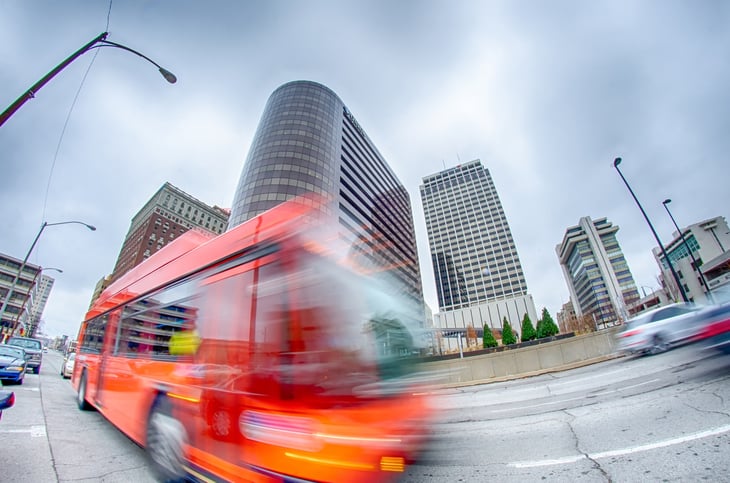
A national poll of 3,000 adults in the 50 biggest U.S. metros underscores that, more than any other generation, millennial renters and homebuyers look for walkability in an address, says the National Association of Realtors’ 2015 Community Preference Survey.
Tulsa has the dubious honor of being the best of the 35 worst cities when it comes to walkability, according to Walk Score.
Walk Score: 38.6
Population: 391,906
34. Lubbock, Texas

Walk Score arrives at its scores by analyzing data such as block length and distance to amenities.
Walk Score: 37.5
Population: 229,573
33. Reno, Nevada

A higher Walk Score means better health for residents. Researchers writing in the Journal of the American Planning Association found that in neighborhoods where people can walk a lot, residents are less obese and more active, and are exposed to lower levels of nitrogen dioxide and other traffic-related health hazards.
Walk Score: 37.2
Population: 225,221
32. San Antonio, Texas
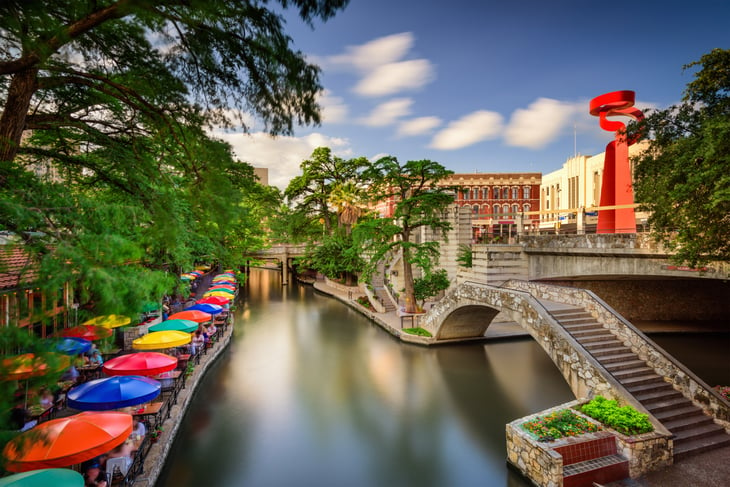
Walk Score: 36.5
Population: 1,327,407
31. Arlington, Texas
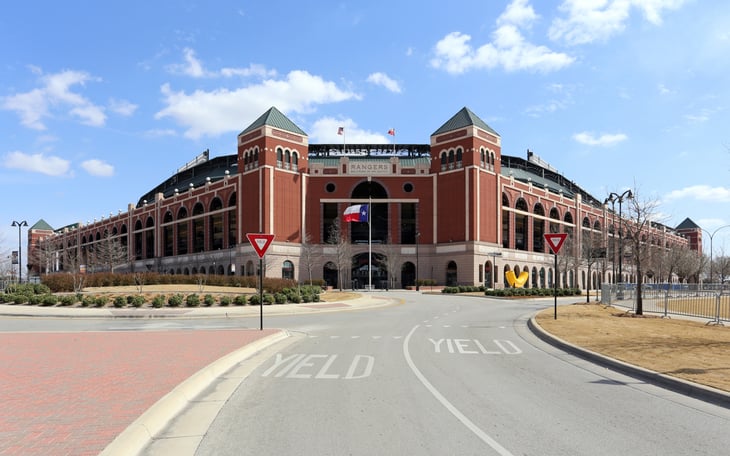
Walk Score: 36.4
Population: 365,438
Globe Life Park in Arlington, above, is home to the Texas Rangers baseball franchise.
Properties in a walkable neighborhood are usually more expensive. Brookings Institution researchers Christopher Leinberger and Mariela Alfonzo studied five categories of Washington, D.C., neighborhoods for walkability and cost. They found that moving from a non-walkable address to one that’s slightly better will cost you $301.76 a month more in rent for a similar apartment. If you move from one home in the exurbs to a similar home that is primo territory for walking, you’ll pay $1,200 more a month, according to a report on their findings in The Atlantic’s CityLab.
30. Bakersfield, California
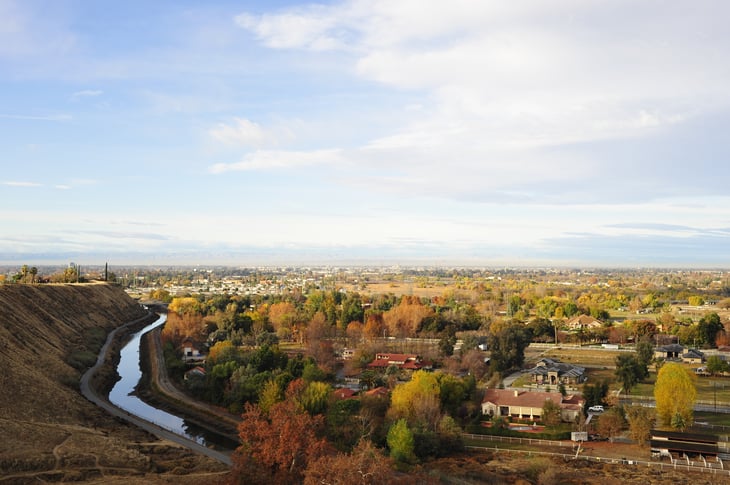
Walk Score: 36.3
Population: 347,483
29. Mesa, Arizona
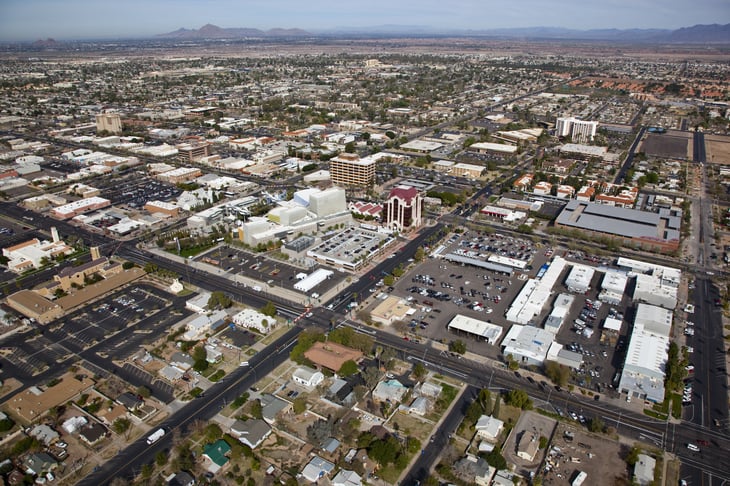
Cities built for quick and easy movement of traffic — using a grid of long blocks and broad boulevards — made sense in the 1950s and ’60s, when the Phoenix suburb of Mesa was growing fast. But a layout like this discourages walking.
Walk Score: 36.2
Population: 439,041
28. Memphis, Tennessee
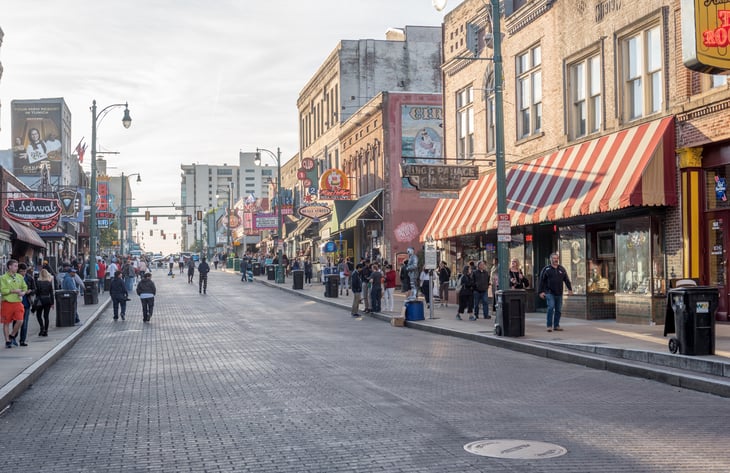
Walk Score: 36.1
Population: 646,889
27. Birmingham, Alabama

Younger buyers aren’t the only ones who want walkability in an address. Buyers and renters of all generations look for it. Women, particularly, value walkability: 61 percent of the women surveyed in the National Association of Realtors’ 2015 National Community and Transportation Preference Survey said that it was “very important” to live in a community with sidewalks, and stores and restaurants to which they could walk.
Walk Score: 34.8
Population: 212,237
26. Colorado Springs, Colorado

Colorado Springs’ low Walk Score is “probably not surprising to those who already live here and know how spread out the city is,” Realtor Amanda Luciano writes of her city.
“The good news,” she adds, “is that the few walkable neighborhoods in Colorado Springs are great places to live and most have fantastic architectural character.” Her favorite neighborhoods for walkability include Downtown, Old Colorado City and Manitou Springs, among many others.
Walk Score: 34.5
Population: 416,427
25. Lexington-Fayette, Kentucky
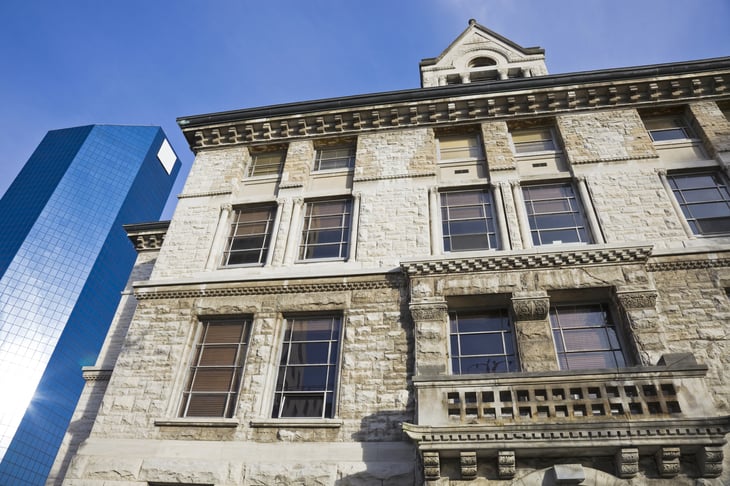
Walk Score: 34.3
Population: 295,803
24. Wichita, Kansas
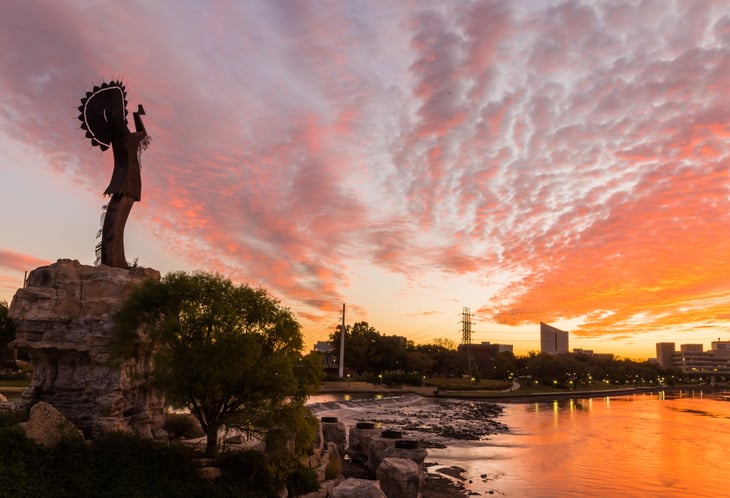
Walk Score: 34.3
Population: 382,368
23. Fort Worth, Texas
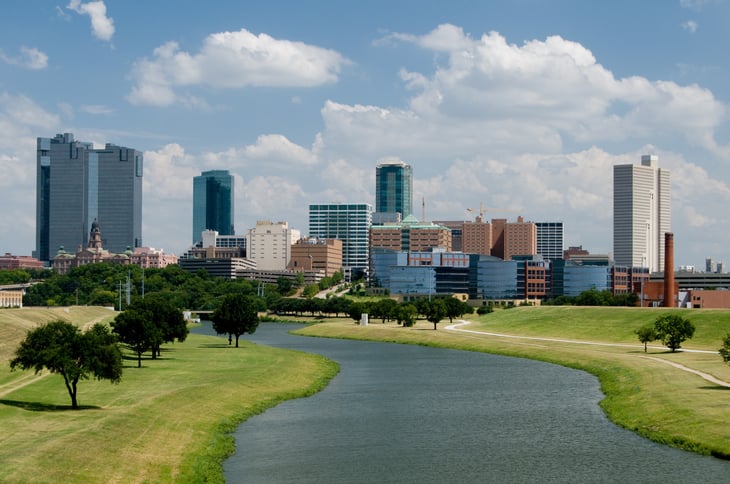
Walk Score: 34
Population: 741,206
22. Kansas City, Missouri
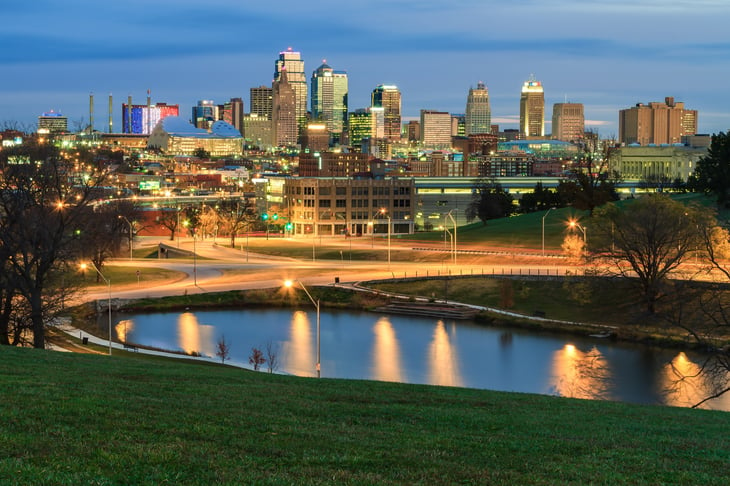
Are you hoping to improve walkability in your city? Check out Kansas City, Missouri’s walkability survey, used by the city’s community development department to poll residents about where they already walk now and where they wish to walk more often.
Walk Score: 33.7
Population: 459,787
21. North Las Vegas, Nevada

Walk Score: 33
Population: 216,961
20. Chandler, Arizona
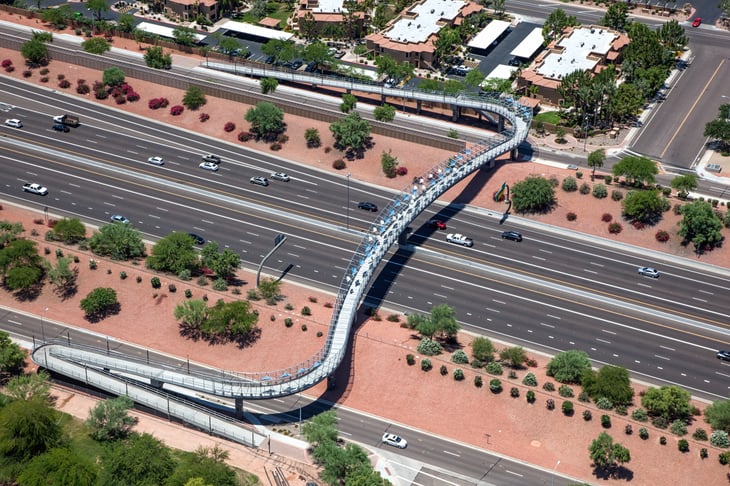
Walk Score: 32.9
Population: 236,123
19. Louisville-Jefferson, Kentucky

Walk Score: 32.9
Population: 597,337
18. Virginia Beach, Virginia
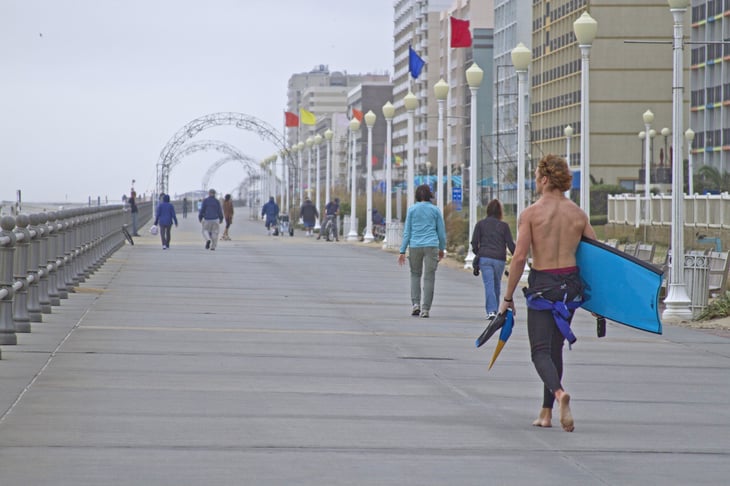
“Virginia Beach’s resort area contains 40 blocks of fashion, art, crafts and great food, all easily walkable,” according to the state’s official tourism website sporting the state slogan, “Virginia Is for Lovers.”
Walk Score: 32.5
Population: 437,994
17. Anchorage, Alaska
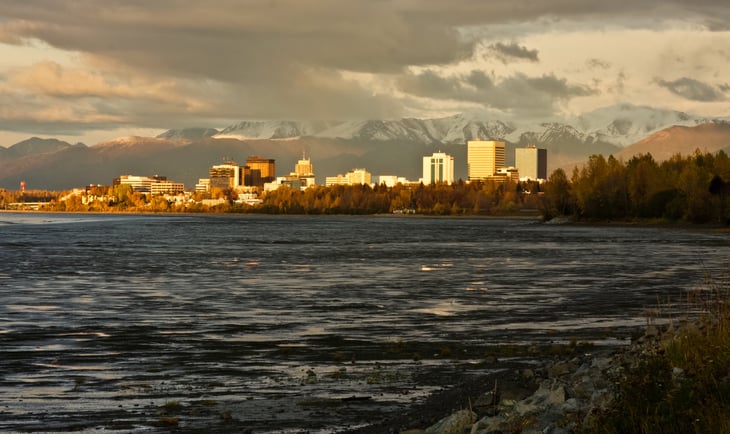
The Washington, D.C.-based nonprofit Alliance for Biking & Walking says Alaska — along with Oregon, Montana, New York and Vermont — has a notably large percentage of workers who walk or bike to work. In Alaska, 5.5 percent to 9 percent of commuters get to work on foot or by bike.
Walk Score: 32.3
Population: 291,826
16. Oklahoma City

Walk Score: 32.1
Population: 579,999
15. Scottsdale, Arizona
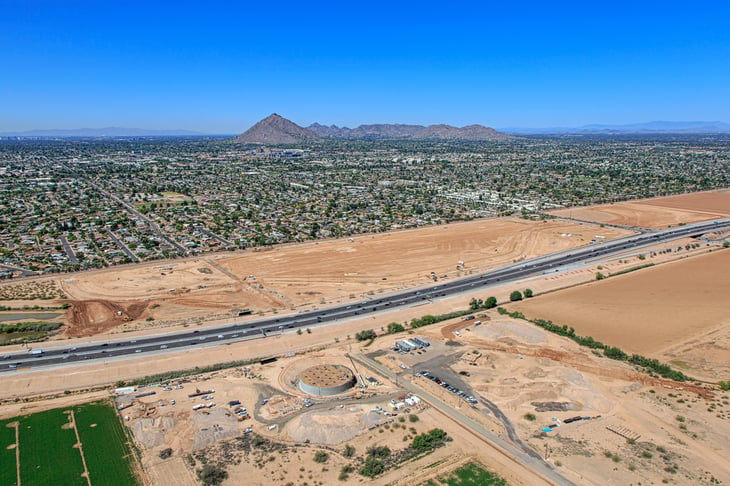
Walk Score: 31.7
Population: 217,385
14. Raleigh, North Carolina

Although walkable neighborhoods are usually the more expensive ones, lower-income commuters make up a bigger share of those in a community who walk and take public transit to get to work.
According to the Alliance for Biking & Walking:
On average, people of low income represent 14 percent of the commuter population, but are 31 percent of commuters who walk to work and 22 percent of commuters who take transit to work. The trips low-income households make by walking or biking are more likely to be for daily errands, work, school, or church than for social or recreational purposes.
Walk Score: 29.9
Population: 403,892
13. Henderson, Nevada

Walk Score: 29.2
Population: 257,729
12. Indianapolis
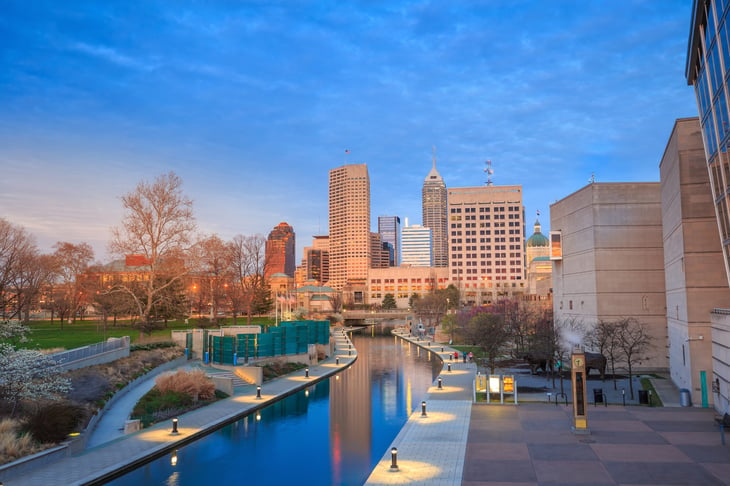
Walk Score: 29.2
Population: 820,445
11. Fort Wayne, Indiana
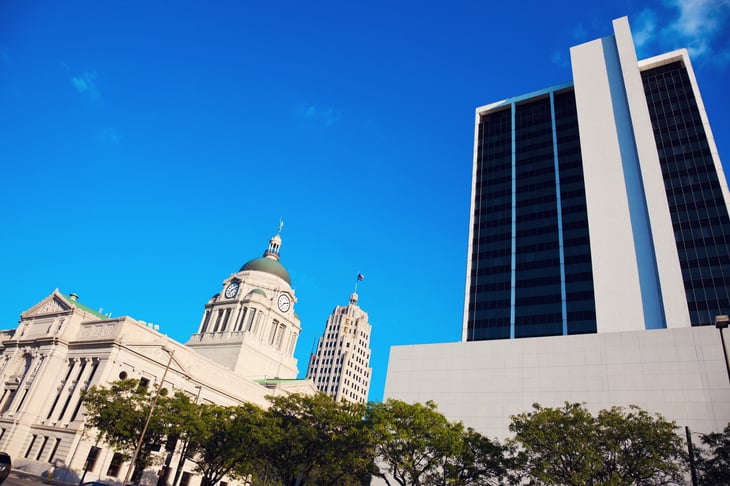
Walk Score: 29.1
Population: 253,691
10. Gilbert, Arizona

Gilbert, Arizona, grew from a Wild West railway town to part of the fast-growing Phoenix metro area. Gilbert is bordered by Mesa (No. 29 least-walkable) and Chandler (No. 20 least-walkable). However, Allstate Insurance’s blog singles out downtown Gilbert and other Phoenix areas that buck the trend with better walkability, including central Phoenix and the city’s Encanto historic district, among others.
Walk Score: 28.8
Population: 208,453
9. Greensboro, North Carolina
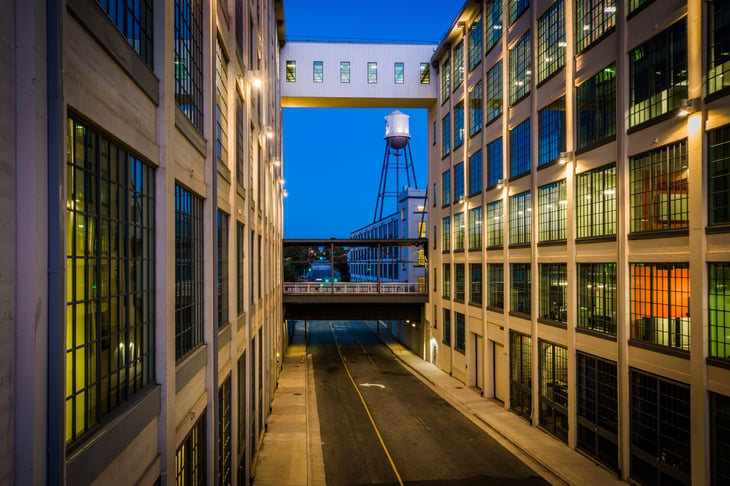
Walk Score: 28.8
Population: 269,666
8. Durham, North Carolina

Walk Score: 28.4
Population: 228,330
7. Nashville-Davidson, Tennessee
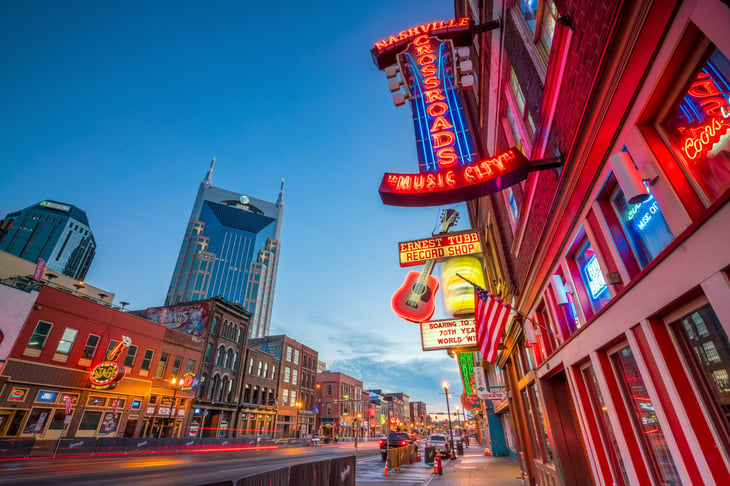
Nashville’s millennial homebuyers demand walkability, writes The Tennessean. “The walkable community trend is one that began several years ago in Nashville, with the revitalization of areas like 12 South and the Gulch. More neighborhoods across Middle Tennessee are following suit, striving to create and provide as many walkable options for dining, shopping and entertainment.”
Walk Score: 27.9
Population: 601,222
6. Jacksonville, Florida
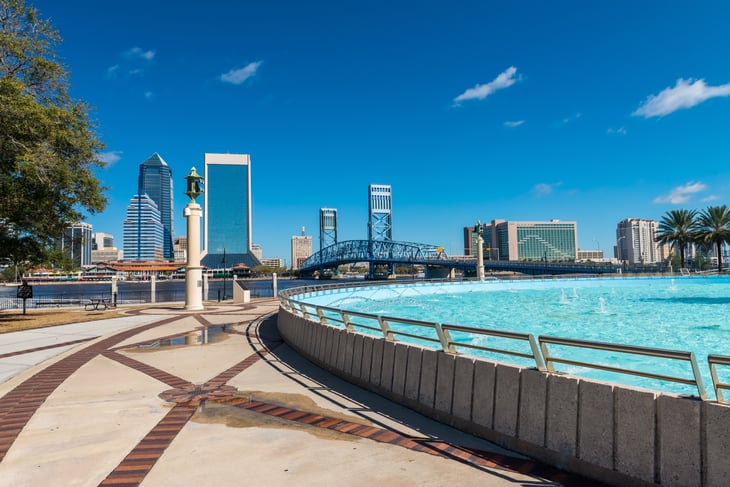
Walk Score: 26.3
Population: 821,784
5. Montgomery, Alabama
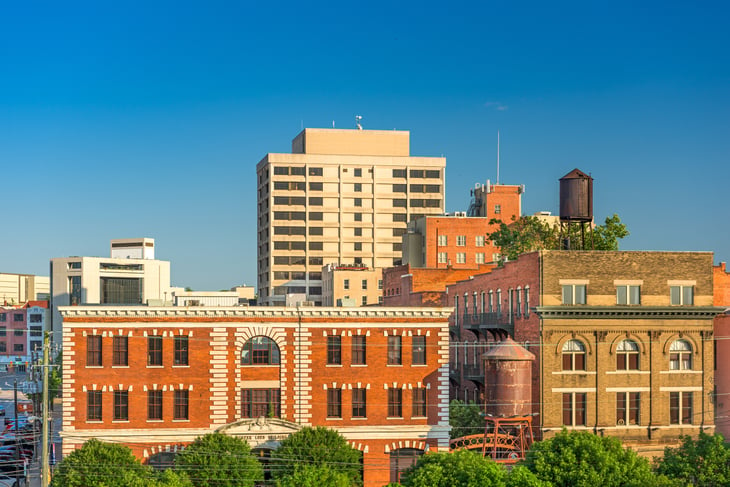
Cities and towns all around Alabama are building new sidewalks and trails, says AL.com, owned by Alabama Media Group. Improvements such as sidewalks, bike paths and trails are cheaper than building roads, says Tommy Battle, mayor of Huntsville.
Walk Score: 26.2
Population: 205,764
4. Charlotte, North Carolina

The Charlotte Observer recommends Plaza Midwood as one of Charlotte’s most walkable neighborhoods, “with vintage shops, galleries, bakeries, tattoo parlors, home décor stores, and music venues all within a few blocks.” Despite the city’s relatively low Walk Score, a recent survey by the Urban Land Institute’s Charlotte chapter finds that many residents enjoy the walking access where they live, the Observer writes.
Walk Score: 25.5
Population: 731,424
3. Winston-Salem, North Carolina
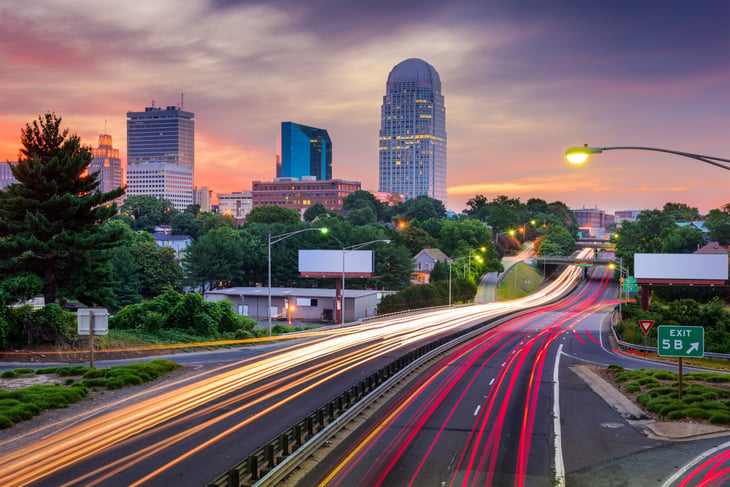
This North Carolina town is a “hot” destination for retirees, according to Winston-Salem’s Fox 8 News. The county’s over-65 population grew 18 percent between 2000 and 2010.
Jason Thiel, president of the Downtown Winston-Salem Partnership, tells the station that easy access to local amenities “is important to everybody,” not just retirees:
They want walkability. More people want to live in a vibrant community than in a gated subdivision. They are interested in getting out of their cars.
Walk Score: 22.3
Population: 229,617
2. Chesapeake, Virginia
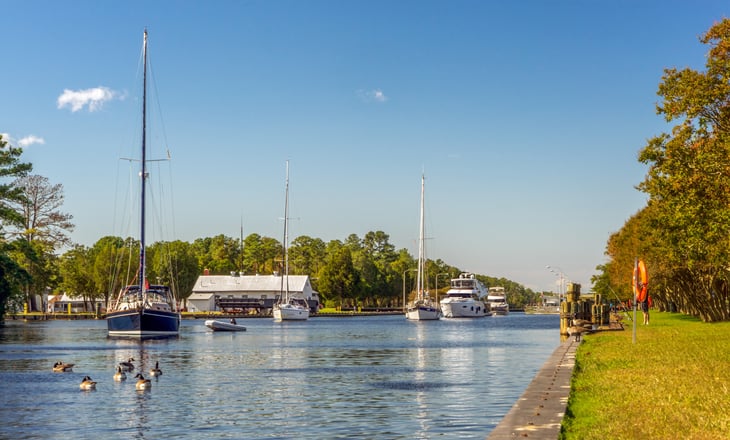
While being the second-least walkable city in the U.S. isn’t much of an honor, Chesapeake — located on the Atlantic Intracoastal Waterway — has a lot going on: It is within easy reach of Chesapeake Bay and the Atlantic Ocean and is a paradise for nature lovers and bird watchers because of its proximity to the Great Dismal Swamp and its National Wildlife Refuge, says TravelPulse, a travel-news publication.
Walk Score: 21
Population: 222,209
1. Fayetteville, North Carolina
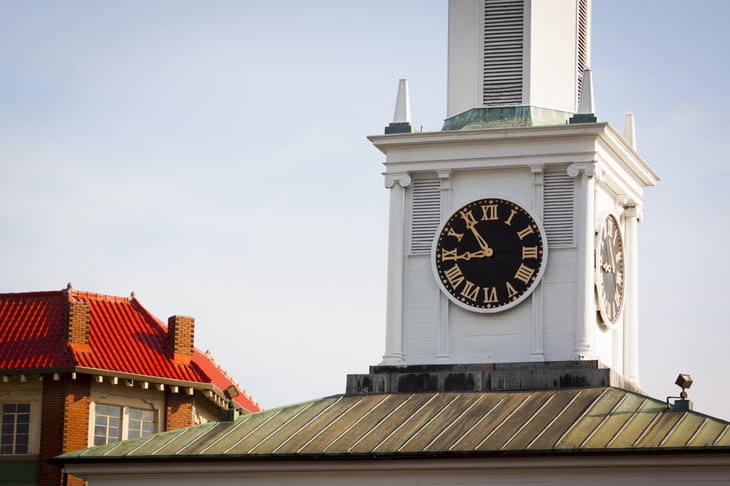
Fayetteville is rated the country’s least walkable city, with a rock-bottom low Walk Score of 20.4 out of 100. But that might be changing. In 2012, 5.4 percent of Fayetteville’s commuters were getting to work on foot — up considerably from 2007, when just 1.7 percent commuted by walking, says Governing magazine.
Walk Score: 20.4
Population: 200,564




Add a Comment
Our Policy: We welcome relevant and respectful comments in order to foster healthy and informative discussions. All other comments may be removed. Comments with links are automatically held for moderation.